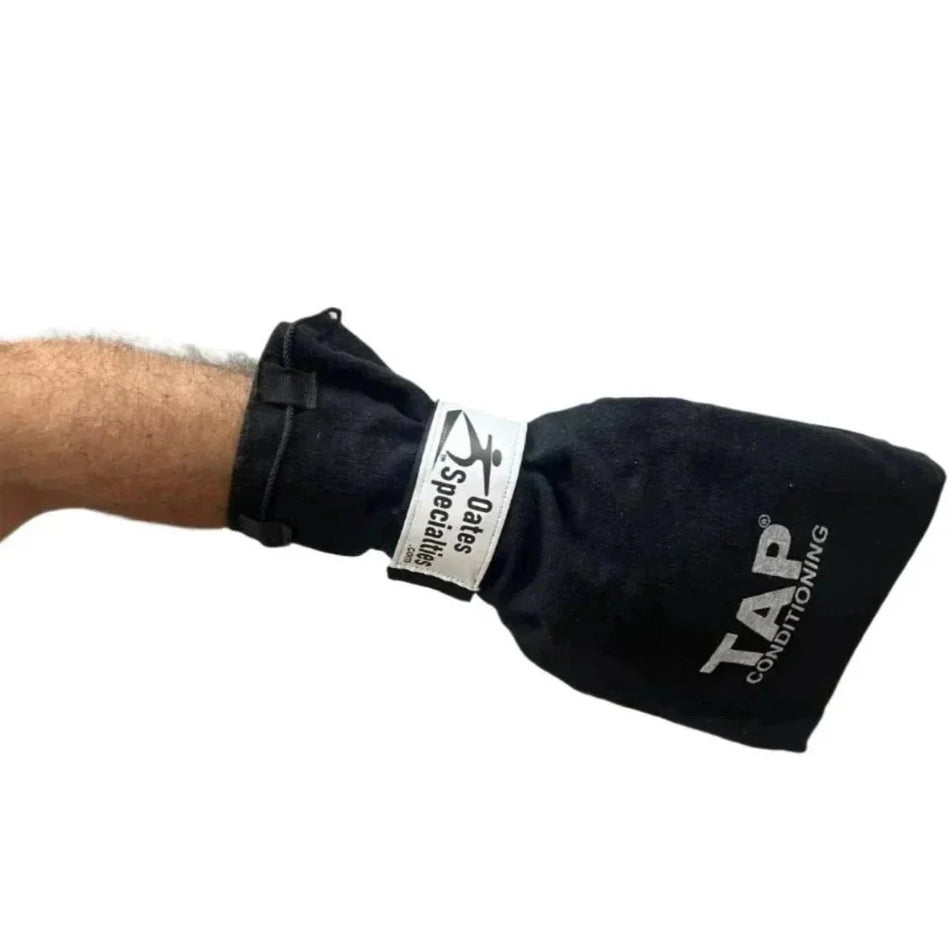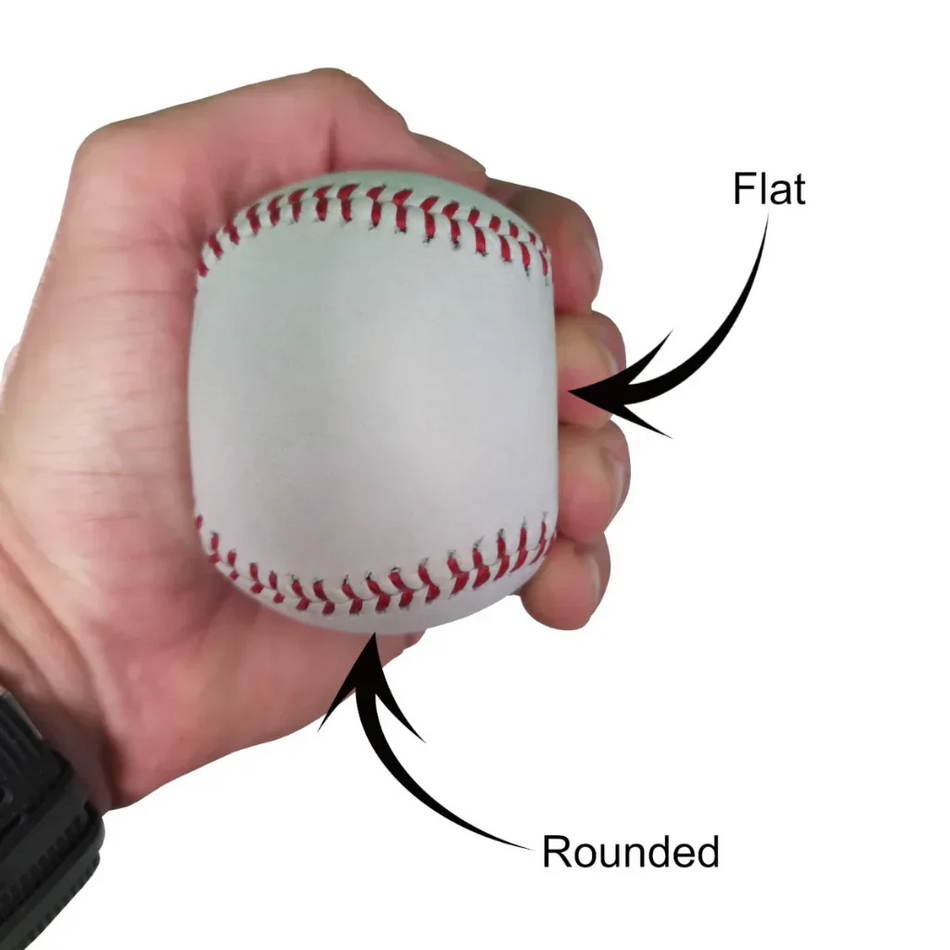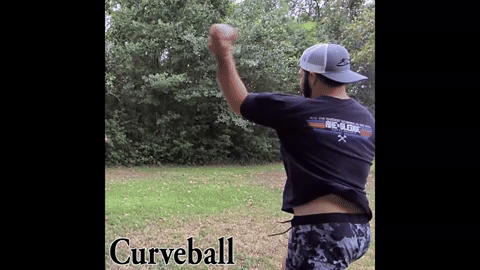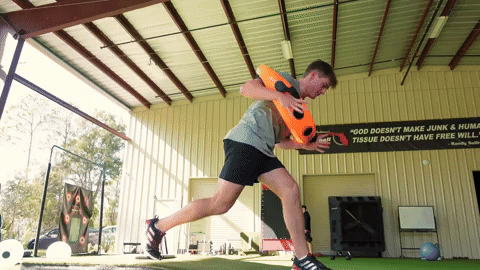Now that I am no longer playing ball I probably spend too much time in the weight room working on my “beach muscles.” After several months of lifting weights and doing very little functional strength work I decided to switch up my routine and focus on some body weight exercises. I pulled out my pair of Gymnastic Rings that I have used extensively in the past but hadn’t used in some time in order to focus on the most basic lifts. With the rings I generally do 3-5 sets of pull-ups, dips, reverse rows, pushups, and chest flys. These 5 exercises kicked my butt enough that I decided to dedicate a blog to them.
The Gymnastic Rings provide such a great workout because they are not only a test of an athlete’s strength but also require stabilization throughout the body. For those of you unfamiliar with the product, each ring is attached to a long nylon strap with an adjustable buckle which allows the user to adjust the height of the rings and forces the athlete to stabilize each ring when performing an exercise. If the athlete does not control the ring by keeping it steady in its position it makes the exercise virtually impossible to perform. Therefore, all of the stabilizer muscles throughout the body are turned on through the range of motion of the exercise whether it’s a pushup, pull-up, or dip.
This is different than many conventional weight room lifts because during those exercises the only muscles that are really activated are the big muscle groups such as the chest, triceps, or back. When the Gymnastic Rings are used many smaller muscles are needed to help the larger muscles perform their tasks.
For example, during dips and pushups the entire shoulder girdle is engaged to help hold the rings steady. Many athletes struggle with the rings at first which is noticeable because the rings begin to shake during the exercise. This is caused by weak stabilizers that are struggling to support the bigger muscles. Another area of the body that the Gymnastic Rings really target is the core. While an athlete is performing any exercise, especially pushups, the core must be locked into place or else the athlete’s back will sag or lift up. In order to keep the body straight throughout the pushup the athlete is forced to basically perform a bridge (ab exercise) and hold it until the desired number of reps has been completed.
An additional benefit that the Gymnastic Rings provides over basic lifts is that it Nearly all of the exercises performed on the Gymnastic Rings begin with the grip to hold the athlete’s body. This is obvious when doing pull-ups and reverse rows as the entire weight of the body is being supported by the grip. The day after using the rings I noticed my forearms were tight and a little sore even though I had not specifically done any forearm workout.
Any exercise that can train multiple parts of the body while doing a basic movement is superior to isolation training that targets one specific muscle group. In sports, very rarely, if ever, does an athlete perform a movement using only one single muscle or muscle group. Usually athletic movements require an integration of numerous muscles throughout the body in order to accomplish a task. Take a pitch for example. The athlete first uses his lower half to get the pitching motion going and to provide momentum. This energy then moves into the hips which holds that tension while the upper and lower half separate followed by an explosion of the hips rotating. Simultaneously the core must be engaged to keep the athlete in the proper alignment and for the power and energy to move up from the hips to the shoulders, scapula, and eventually out of the fingertips.
Further proof of the effectiveness of training with Gymnastic Rings is evident when looking at gymnasts. Gymnasts who perform on the rings are some of the strongest, most defined, and functionally fit athletes in the world. They can control their body with such precision that they can hold positions, such as being parallel with the ground, that most of us could only dream of doing. These athletes spend hours and hours on nothing but the rings in order to train to do this.
While many people become obsessed with how much iron they can push or pull in the weight room, this is far less important then how well can they control their body through different ranges of motion. I would challenge any athlete to get a pair of Gymnastic Rings and train for a few weeks with them because it will more quickly prepare them for an athletic activity than most weight room lifts. Also, unlike most weight room equipment, the Gymnastic Rings can be used anywhere that is sturdy enough to handle a person’s body weight making them very easy to take on the road or use at the most convenient time and place.
Here are a few photos of a number of exercises that can be done on the Gymnastic Rings. As you can see from these photos, it is possible to use the rings to target a number of different areas of the body.


If you would like further information on Gymnastic Rings or have any questions please don’t hesitate to contact me.
Until next time, Brian Oates
Brian@Oatesspecialties.com














































